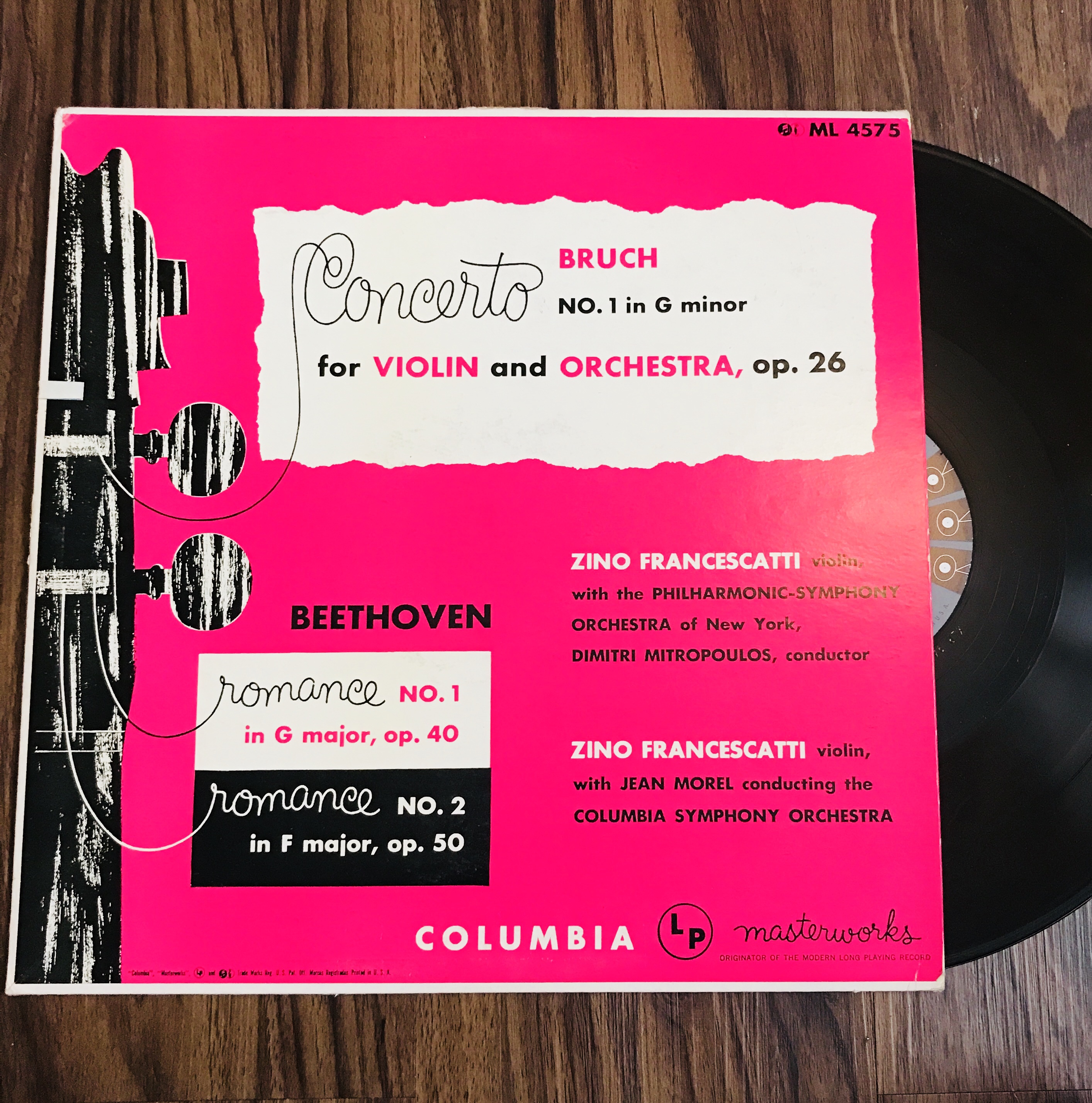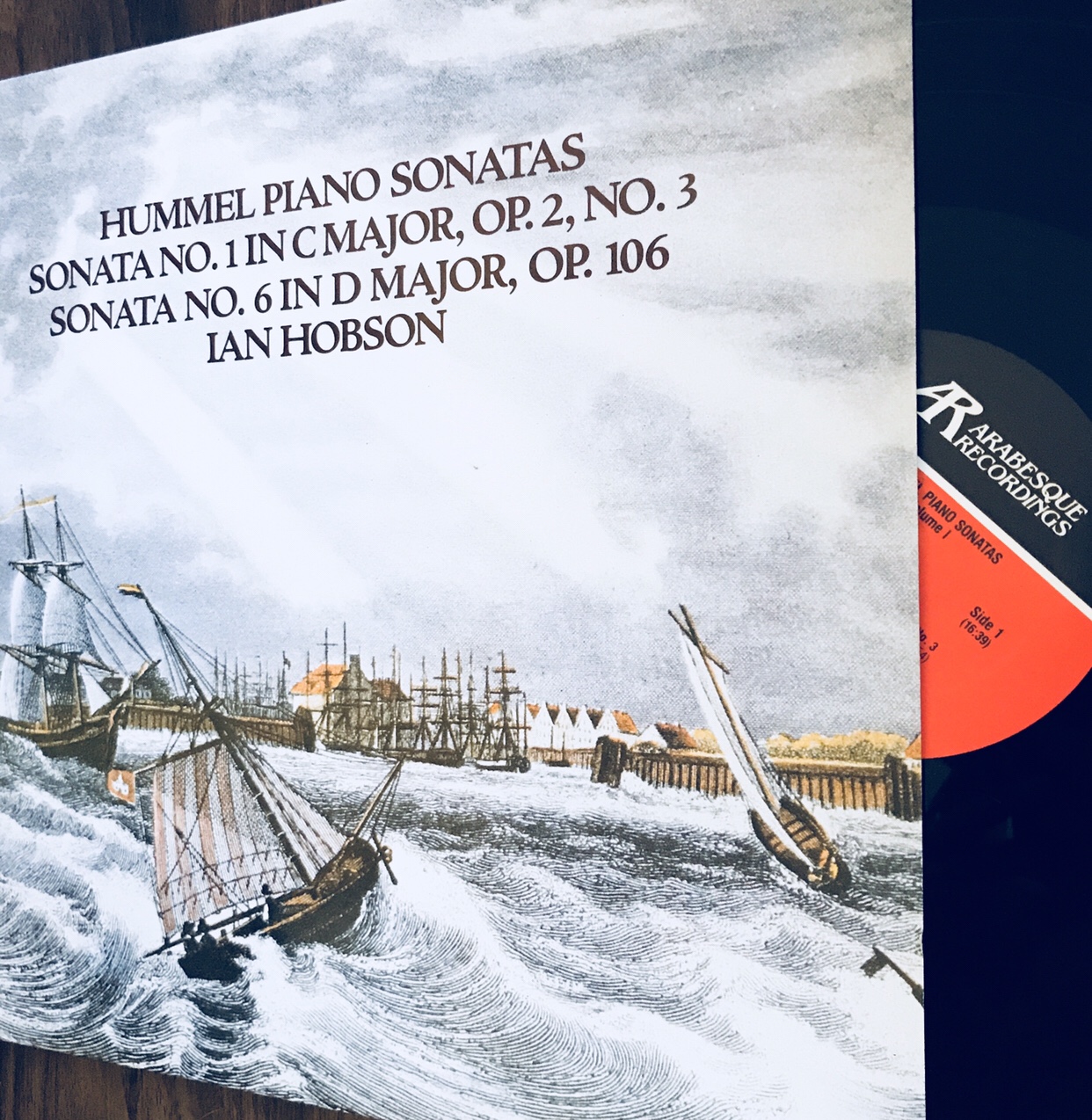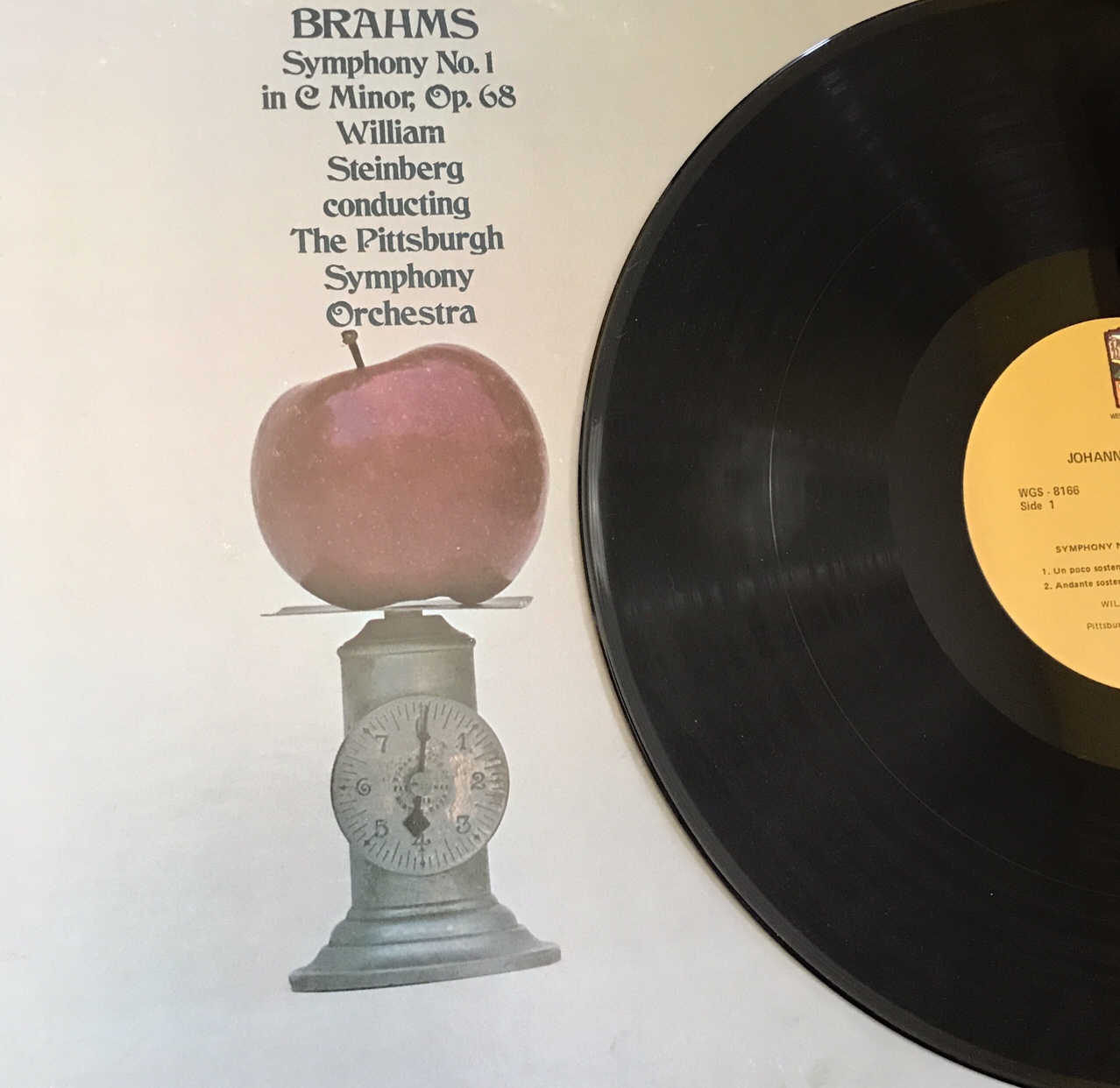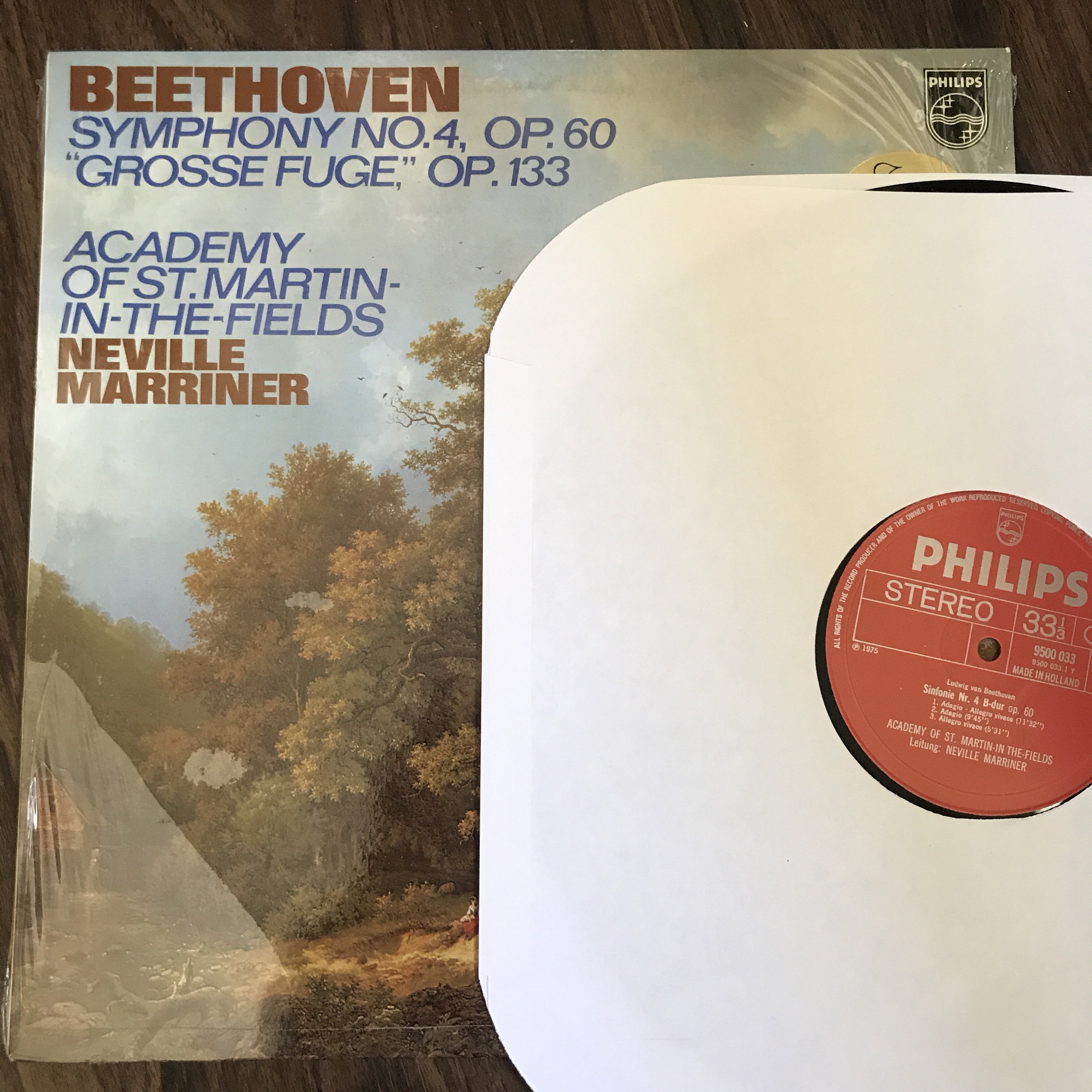
Berlioz: Symphonie Fantastique
L’Orchestre National / Andre Vandernoot
Command Classics CC 33-11009
Hector Berlioz’s diabolical symphony is essentially a psychological self-portrait in sound. And it may not have come about if it weren’t for a particular woman whom he became infatuated with. Berlioz had always been a mercurial boy with some serious teenage angst. Later, his unbridled sensitivity would find a romantic, though unrequited, outlet in the form of Shakespearean actress Harriet Smithson. It would turn out to be one of the most self-destructuve, albeit productive crushes in history.
Berlioz was born in 1803. Early on he was disowned by his mother for his theatrical proclivities. From the beginning of his musical career, Beethoven was his idol; he was especially struck by the Beethoven’s symphonies, which came to push at the boundaries of classical music with their wild emotions and Romantic grandeur. Using that Beethovian sublimation of the self in his own music, Berlioz finished his Symphonie Fantastique in the late 1820s, and it premiered in 1830. It was both an attempt to impress Harriet and to dramatize his raging feelings about her and his art all at once, sewing all his emotions on his sleeve. Harriet didn’t show up, putting a ribbon on his torment.
The Symphonie Fantasique is an emotionally tenuous tone poem. Its first movement opens with a lovely violin/flute combo while the orchestra roils miserably beneath it, symbolizing the Artist’s pent-up agitation about his beloved, i.e. Harriet Smithson. Following that is a waltzy Ball, where, ostensibly, she fails to appear. Afterwards, Berlioz channels his pastoral boyhood with a cowherd’s melody. He spies the woman of his dreams walking with someone else, and the orchestra mirrors his rage in a fit of convulsive blasts that completely shatters the tranquility of the setting.
Things turn dark from there. March to the Scaffolds presents the antagonist on his way to the gallows, having murdered his beloved, accompanied by the cheap sounds of a marching band. The theme he gave Harriet plays briefly, before cut short by the sudden swipe of the guillotine. The crowd applauds. A drumbeat is heard. Yet, in horror movie fashion, it turns out all to be a troubled dream.
In the last movement, the dream veers into a witches’ Sabbath, where sorcerers and creatures convene for a demoniac ritual. A church bell summons everyone to a nightmarish dance. It took Berlioz several years to master the fugue, and, tellingly, it’s a fugue that provides his final soundtrack to hell. Then the music goes haywire. His beloved actually does not snub him this time; she shows up to gloat over his circumstances. It’s a frightening extravaganza in imagery and sound, reveling orgiastically in its hero’s undoing and annihilation. Audiences had never heard anything like it.
But it wasn’t until the second premiere, with finally taking up his offer to attend, that some real drama manifested itself outside of the symphony. After the performance, Harriet realized that the work was a thinly veiled portrait of how Berlioz felt about her, and she agreed to meet with him. At the assignation, one of the weirdest wedding proposals ever would occur.
During a subsequent date, Berlioz took from his pocket a huge amount of opium, more than enough to kill the composer, and then he swallowed it without further ado. Right then, he asked her to marry him. Completely frazzled, she said yes. Berlioz calmly took a second vial out of a different pocket, which happened to be an antidote, which he took. They married in 1833, and it’s not shocking, considering Berlioz’s temperament, that the marriage didn’t take, and they separated not long afterwards.
Among the plethora of good and bad performances, this stereo version on the Command Classics 35MM label, is a solid, if obscure, recording, but with the bonus of neat abstract expressionist designs.







